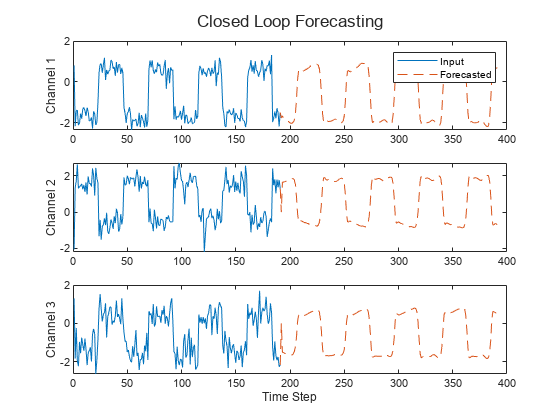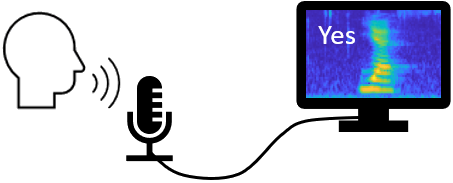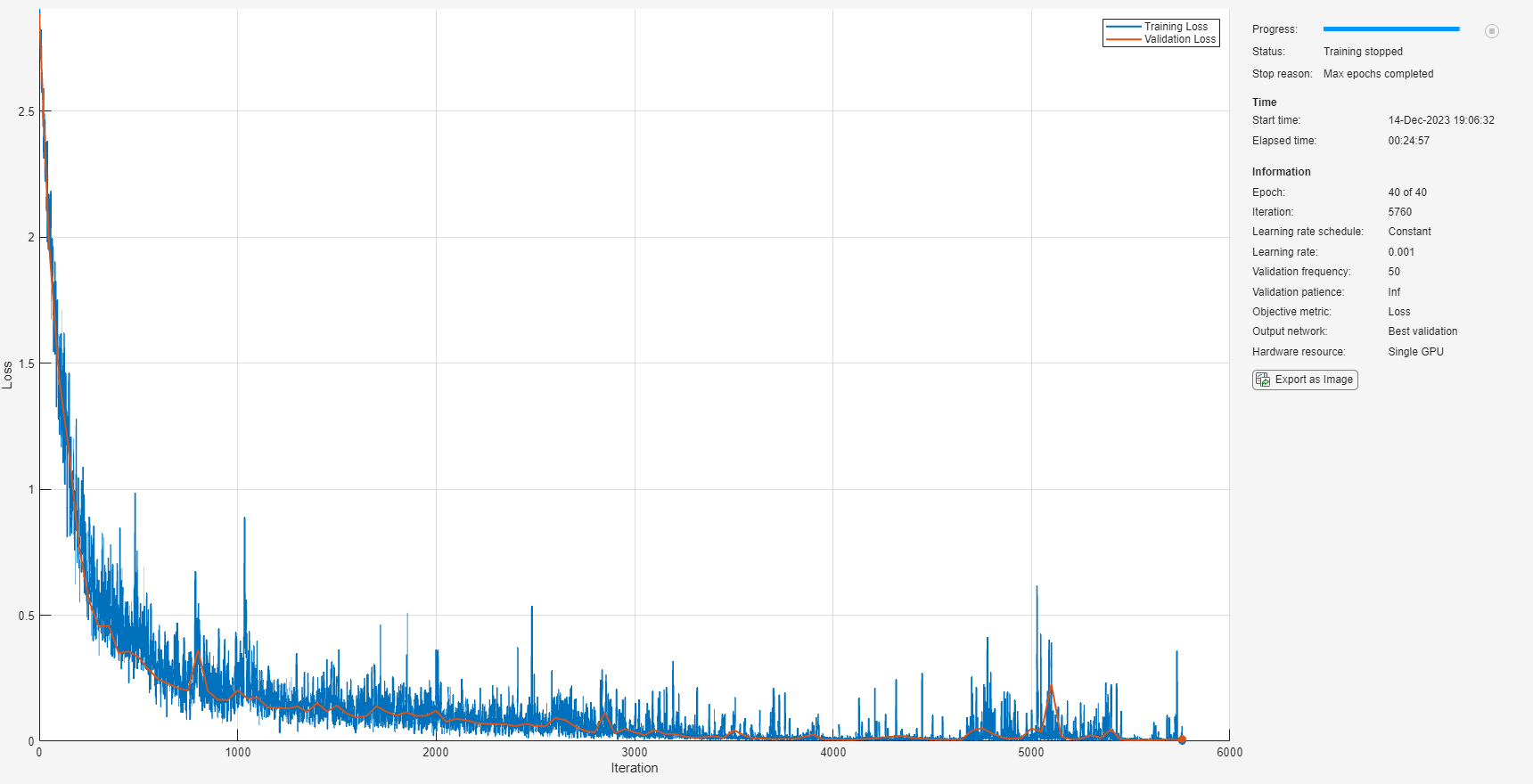Built-In Training
After defining the network architecture, you can define training
parameters using the trainingOptions function. You
can then train the network using the trainnet function. Use the trained network to predict class
labels or numeric responses, or forecast future time steps.
You can train a neural network on a CPU, a GPU, multiple
CPUs or GPUs, or in parallel on a cluster or in the cloud. Training on a GPU
or in parallel requires Parallel Computing Toolbox™. Using a GPU requires a supported GPU device (for information
on supported devices, see GPU Computing Requirements (Parallel Computing Toolbox)).
Specify the execution environment using the trainingOptions
function.
Apps
| Deep Network Designer | Design and visualize deep learning networks |
Functions
Topics
Multilayer Perceptron Networks
- Train Network with Numeric Features
This example shows how to create and train a simple neural network for deep learning feature data classification. - Compare Deep Learning Networks for Credit Default Prediction
Create, train, and compare three deep learning networks for predicting credit default probability.
Recurrent Networks
- Sequence-to-Sequence Classification Using Deep Learning
This example shows how to classify each time step of sequence data using a long short-term memory (LSTM) network. - Sequence-to-Sequence Regression Using Deep Learning
This example shows how to predict the remaining useful life (RUL) of engines by using deep learning. - Sequence-to-One Regression Using Deep Learning
This example shows how to predict the frequency of a waveform using a long short-term memory (LSTM) neural network. - Train Network with LSTM Projected Layer
Train a deep learning network with an LSTM projected layer for sequence-to-label classification. - Classify Videos Using Deep Learning
This example shows how to create a network for video classification by combining a pretrained image classification model and an LSTM network. - Train Network Using Custom Mini-Batch Datastore for Sequence Data
This example shows how to train a deep learning network on out-of-memory sequence data using a custom mini-batch datastore. - Battery State of Charge Estimation Using Deep Learning
Define requirements, prepare data, train deep learning networks, verify robustness, integrate networks into Simulink, and deploy models. (Since R2024b)
Convolutional Networks
- Sequence Classification Using 1-D Convolutions
This example shows how to classify sequence data using a 1-D convolutional neural network. - Time Series Anomaly Detection Using Deep Learning
This example shows how to detect anomalies in sequence or time series data. - Train Sequence Classification Network Using Data with Imbalanced Classes
This example shows how to classify sequences with a 1-D convolutional neural network using class weights to modify the training to account for imbalanced classes. - Sequence-to-Sequence Classification Using 1-D Convolutions
This example shows how to classify each time step of sequence data using a generic temporal convolutional network (TCN). - Train Network with Complex-Valued Data
This example shows how to predict the frequency of a complex-valued waveform using a 1-D convolutional neural network. - Sequence Classification Using CNN-LSTM Network
This example shows how to create a 2-D CNN-LSTM network for speech classification tasks by combining a 2-D convolutional neural network (CNN) with a long short-term memory (LSTM) layer. - Train Network on Image and Feature Data
This example shows how to train a network that classifies handwritten digits using both image and feature input data.
Deep Learning with MATLAB
- Deep Learning in MATLAB
Discover deep learning capabilities in MATLAB® using convolutional neural networks for classification and regression, including pretrained networks and transfer learning, and training on GPUs, CPUs, clusters, and clouds. - Deep Learning Tips and Tricks
Learn how to improve the accuracy of deep learning networks. - Speed Up Deep Neural Network Training
Learn how to accelerate deep neural network training. - Data Sets for Deep Learning
Discover data sets for various deep learning tasks.




